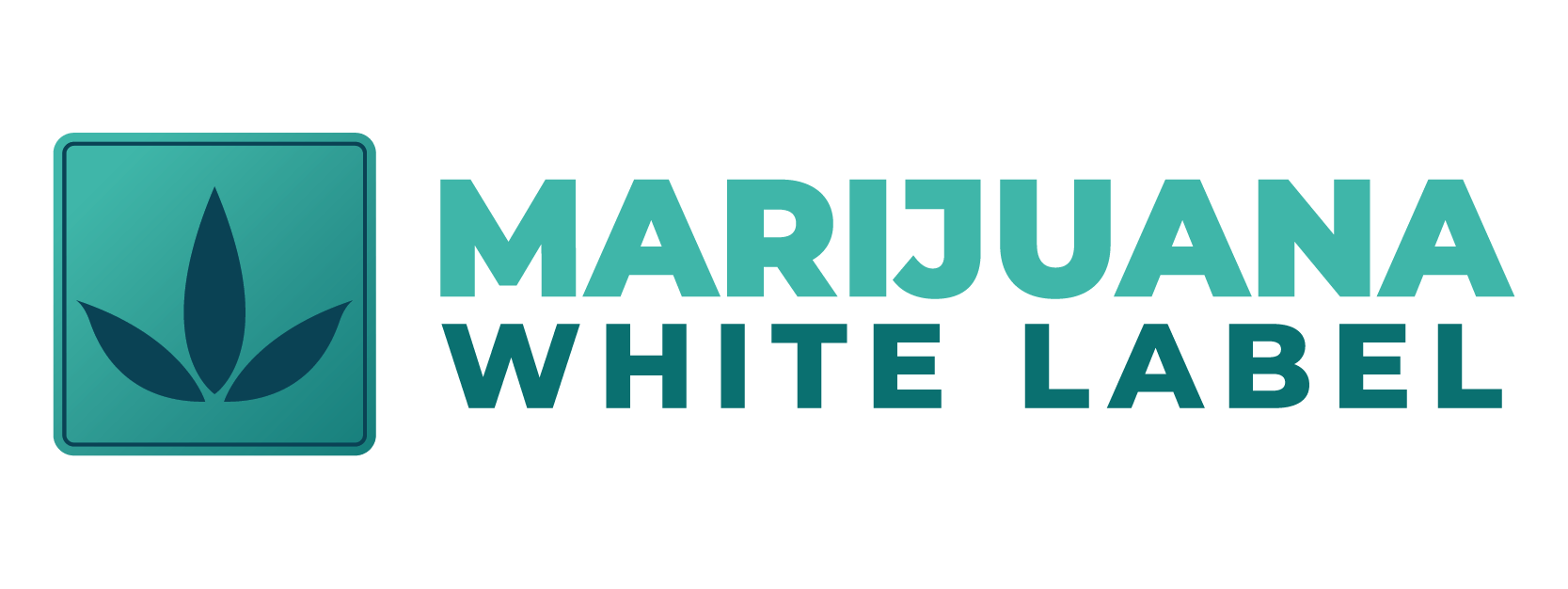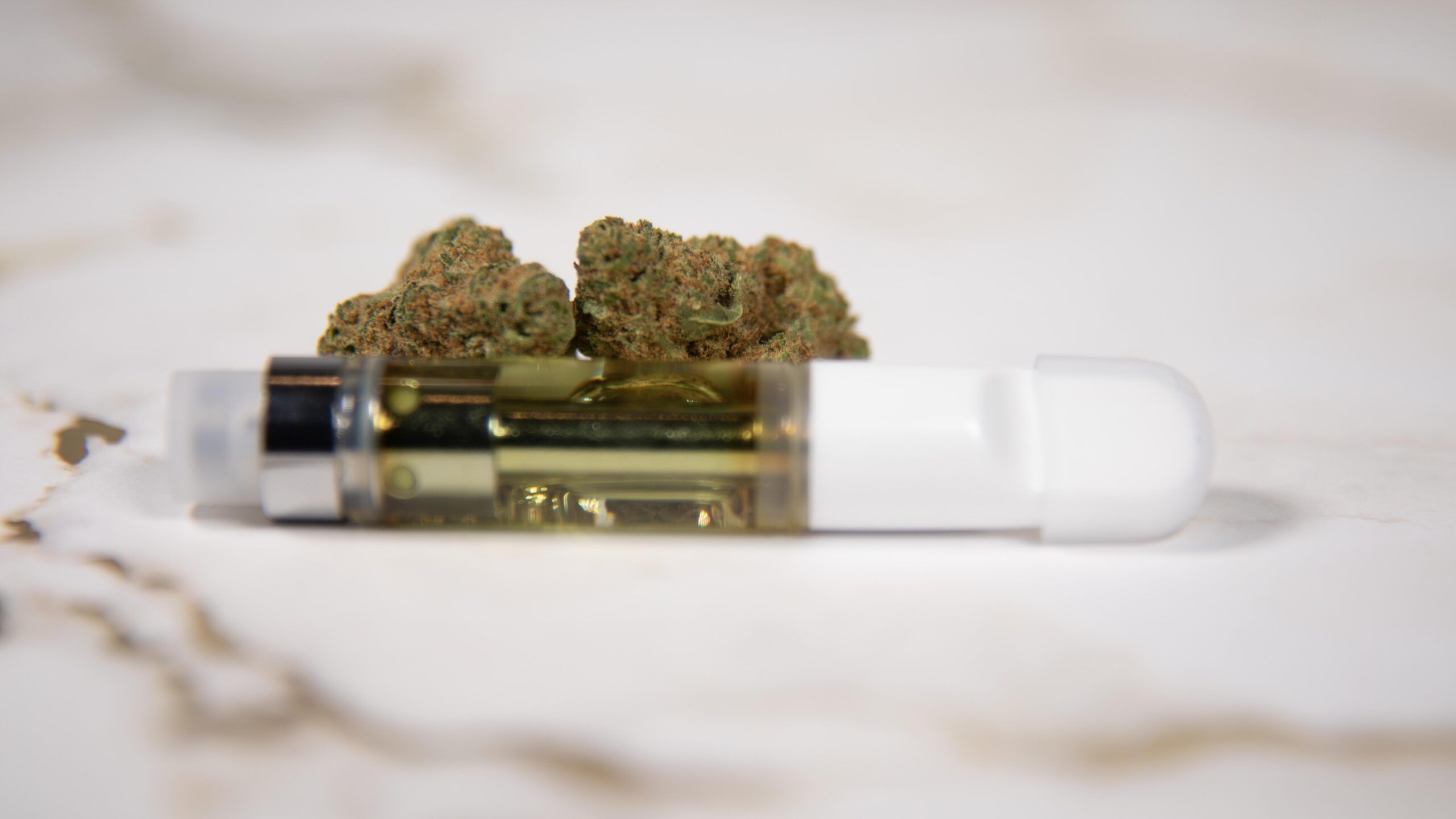Cannabis drinks are one of the fastest-rising niches in the category, and it’s not just hype. BDSA’s recent look at beverages shows double-digit growth in several key states year over year—Michigan up 112% in Q1 2025, Ohio +79%, Illinois +47%, and Maryland +35%—even as a few mature markets cooled. The growth story matters because it rewards the brands that can launch quickly, scale efficiently, and stay compliant—three boxes white labeling checks by design.
White label simply means a specialist manufacturer makes the drink, and a brand handles positioning, design, and distribution. In beverages, the model works especially well because the capital requirements (licensed facilities, sanitary bottling lines, QA systems) are steep and regulations vary by state. Contract producers like Tinley’s cannabis-licensed Long Beach facility were set up to manufacture and package third-party beverage brands, compressing time-to-market for labels that don’t own a plant. Meanwhile, larger beverage players with their own infrastructure are expanding throughput and offering co-packing; Pabst Labs opened a dedicated cannabis beverage plant in Desert Hot Springs to triple capacity and support other brands—exactly the sort of manufacturing lift that accelerates white-label partnerships.
On the ingredient side, turnkey emulsions are the secret sauce. Converting cannabis oil into a stable, fast-acting water-compatible liquid is non-trivial, and white-label producers lean on specialists like Vertosa and SōRSE to get consistent onset and shelf stability without rebuilding an R&D lab. Vertosa highlights multi-year stability in water and “plug-and-play” emulsions for beverage lines, while SōRSE positions itself as a leading emulsion supplier for food and drink manufacturers. These suppliers shorten formulation cycles and make it easier for brands to launch SKUs that taste good and dose reliably—key to repeat purchases.
The white-label pipeline also explains why consumers are seeing a wave of familiar-feeling formats—from social tonics to sodas to “mocktails”—carrying household-quality branding. Cann popularized microdose social occasions with 2–5 mg THC cans and culinary flavors like Blood Orange Cardamom and Lemon Lavender; it’s a textbook example of how a brand can focus on lifestyle positioning while relying on manufacturing and infusion partners for execution at scale. Keef Brands spans classic colas, mocktails, and energy styles, showcasing how a diverse portfolio can ride shared production infrastructure across markets. Mary Jones (from Jones Soda) shows the pull of recognizable flavor profiles and soda nostalgia; Headset’s brand dashboards track its top-selling SKUs, underscoring real retail momentum. And Pabst Labs’ High Seltzer leverages a legacy name and scaled production—again, a white-label-friendly approach that prioritizes brand equity and distribution muscle.
White labeling is also thriving in the hemp-derived lane, where compliant, sub-0.3% Δ9 THC beverages (by dry weight) can reach far beyond licensed dispensaries. National co-manufacturers market rapid development and private-label programs for these “federally legal” drinks, giving wellness and nightlife brands a lower-friction entry into THC experiences in conventional retail. That broader retail canvas (plus online channels where permitted) is a major reason white labeling is so popular in beverages compared to other cannabis formats.
Consumer demand patterns reinforce the model. Lower-dose, sessionable formats win social occasions, while high-dose 100 mg “share or sip” bottles (think Uncle Arnie’s Iced Tea Lemonade) serve experienced users—two very different needs that a flexible white-label partner can produce on the same line. Regional stories echo the momentum: in Illinois, THC drinks are popping up in mainstream retail conversations as alternatives to alcohol, a signal of normalization that benefits brands able to spin up SKUs quickly through co-packing.
For brands, the upside of white labeling is speed, capital efficiency, and access to expertise (food safety, dosing, and sensory). For consumers, the benefits are variety and consistency: more flavors, clear dosing ladders (micro to moderate to macro), and better-tasting seltzers that don’t separate. Ingredient partners’ R&D and co-packers’ QA programs help ensure that a grapefruit rosemary can in California matches the experience of a lemon lavender in Massachusetts—no small feat in a fragmented regulatory map.
There are trade-offs. Contract manufacturers can become bottlenecks during peak runs; brands share line time and may compete for can formats or input ingredients. State-by-state licensing still complicates multi-market rollouts for THC beverages made within regulated systems. And while national hemp-derived distribution offers reach, it faces an evolving patchwork of state rules. Still, with category growth, recognizable beverage names entering the space, and ingredient tech maturing, white labeling looks set to keep powering the drink case. Headset and BDSA both point to sustained interest in beverages, with the top brands capturing outsized share—tailwinds for labels that can tap proven facilities and get to shelf first.

